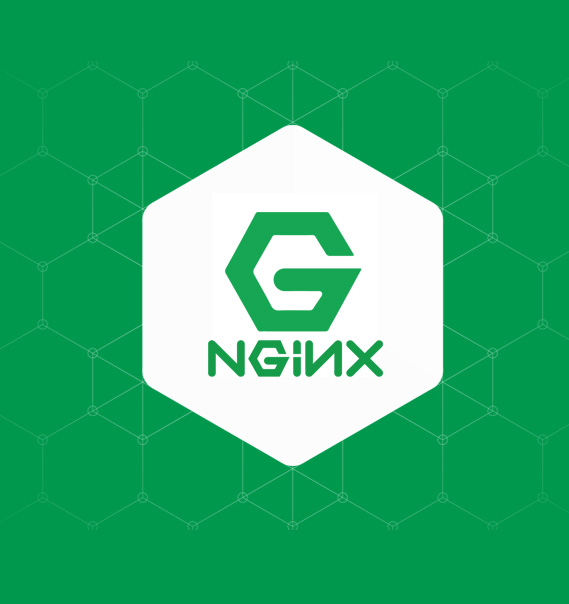
NGINX
Is an open source software for web serving, reverse proxying, caching, load balancing, media streaming, and more. It started out as a web server designed for maximum performance and stability. In addition to its HTTP server capabilities, NGINX can also function as a proxy server for email (IMAP, POP3, and SMTP) and a reverse proxy and load balancer for HTTP, TCP, and UDP servers.
Razones para utilizar
NGINX
Some high-profile companies using NGINX include Autodesk, Atlassian, Intuit, T-Mobile, GitLab, DuckDuckGo, Microsoft, IBM, Google, Adobe, Salesforce, VMWare, Xerox, LinkedIn, Cisco, Facebook, Target, Citrix Systems, Twitter, Apple, Intel, and many more
With NGINX, one master process can control multiple worker processes. The master maintains the worker processes, while the workers do the actual processing. Because NGINX is asynchronous, each request can be executed by the worker concurrently without blocking other requests.
NGINX is built to offer low memory usage and high concurrency. Rather than creating new processes for each web request, NGINX uses an asynchronous, event-driven approach where requests are handled in a single thread.
NGINX was originally created by Igor Sysoev, with its first public release in October 2004. Igor initially conceived the software as an answer to the C10k problem, which is a problem regarding the performance issue of handling 10,000 concurrent connections.